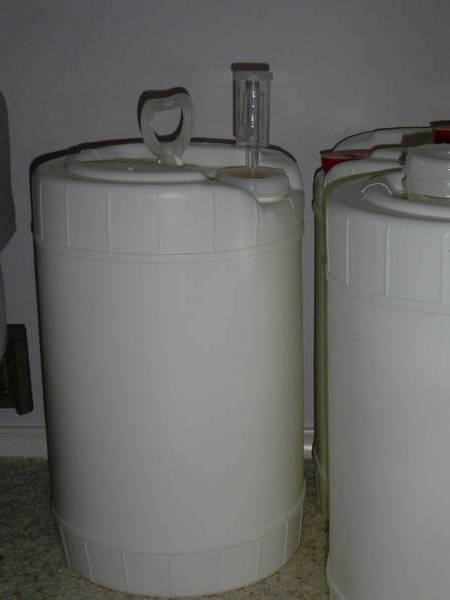Well I might have my first No Chill failure on my hands. I've been experimenting with letting the wort cool down in the kettle to around 190 or so before transferring into the No Chill tank, in the hopes of getting better hoppy beers. On my last batch, (a Bo Pils) I got it down to 180F before transferring, BUT i was using a new digital thermometer that seems wonky and I suspect the wort was cooler than that.
When I went to pitch yeast, the tank didn't look all sucked in like it normally does. It didn't look bulged out or anything, but it definitely wasn't slightly collapsed like it normally is. The wort smells fairly sour too
I pitched and fermented as normal, and I'm cold crashing it now, but the samples I've tasted seemed very lactic-sharp, and had a Wit beer like phenolic aroma. Again, this was a Bohemian Pilsner, so while its way to early to tell, I am not too hopeful.
So let this be a warning at best, and a lesson at worst (if the beer is ruined). Its OK to let your wort cool to 200F or so before pouring in, but don't risk it getting much cooler.
How long after boiling did you wait before pitching the yeast? Overnight? 1 day?
I doubt there is any way that souring is going to happen in a few hours or even in a day or two. I think lactobaccilus is still going to be killed at above 140F. I'd have to check on that, but I think it's one of the bugs that is pasteurized.












































![Craft A Brew - Safale S-04 Dry Yeast - Fermentis - English Ale Dry Yeast - For English and American Ales and Hard Apple Ciders - Ingredients for Home Brewing - Beer Making Supplies - [1 Pack]](https://m.media-amazon.com/images/I/41fVGNh6JfL._SL500_.jpg)














